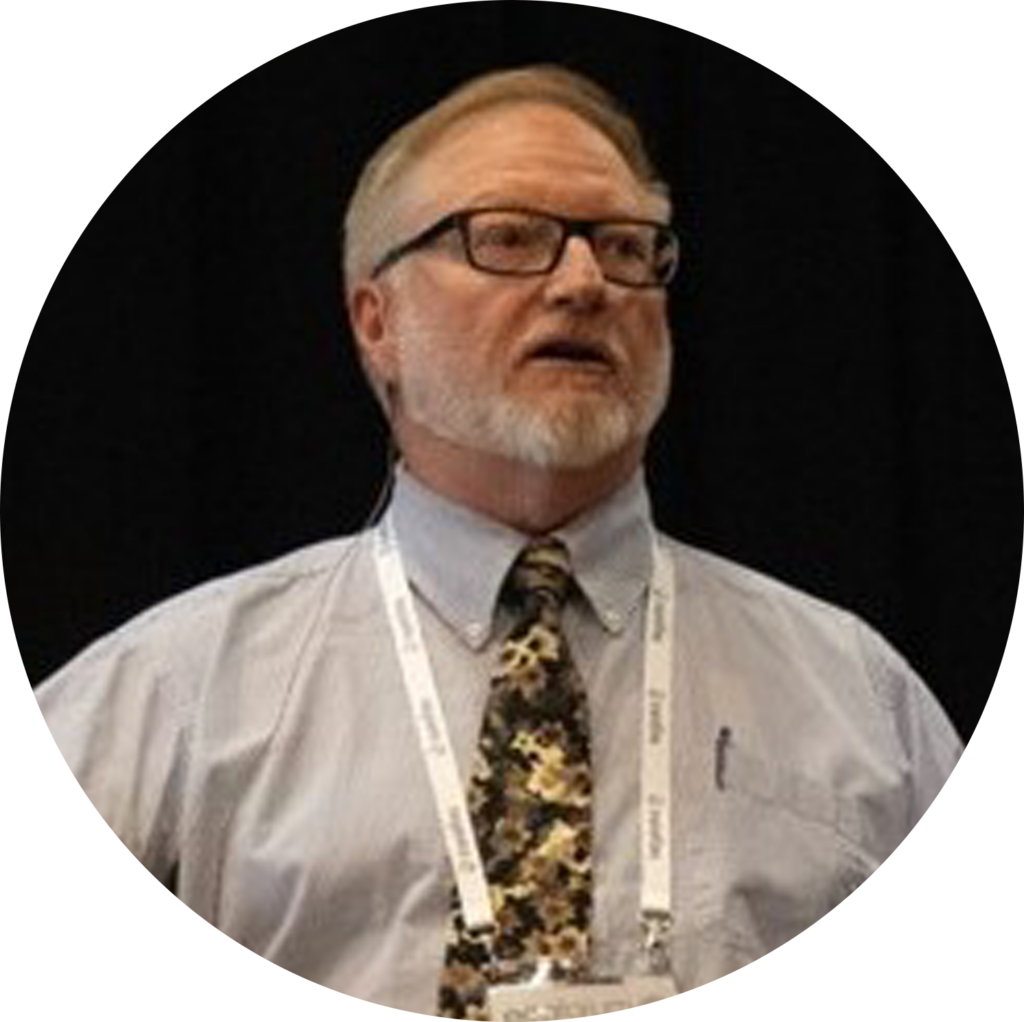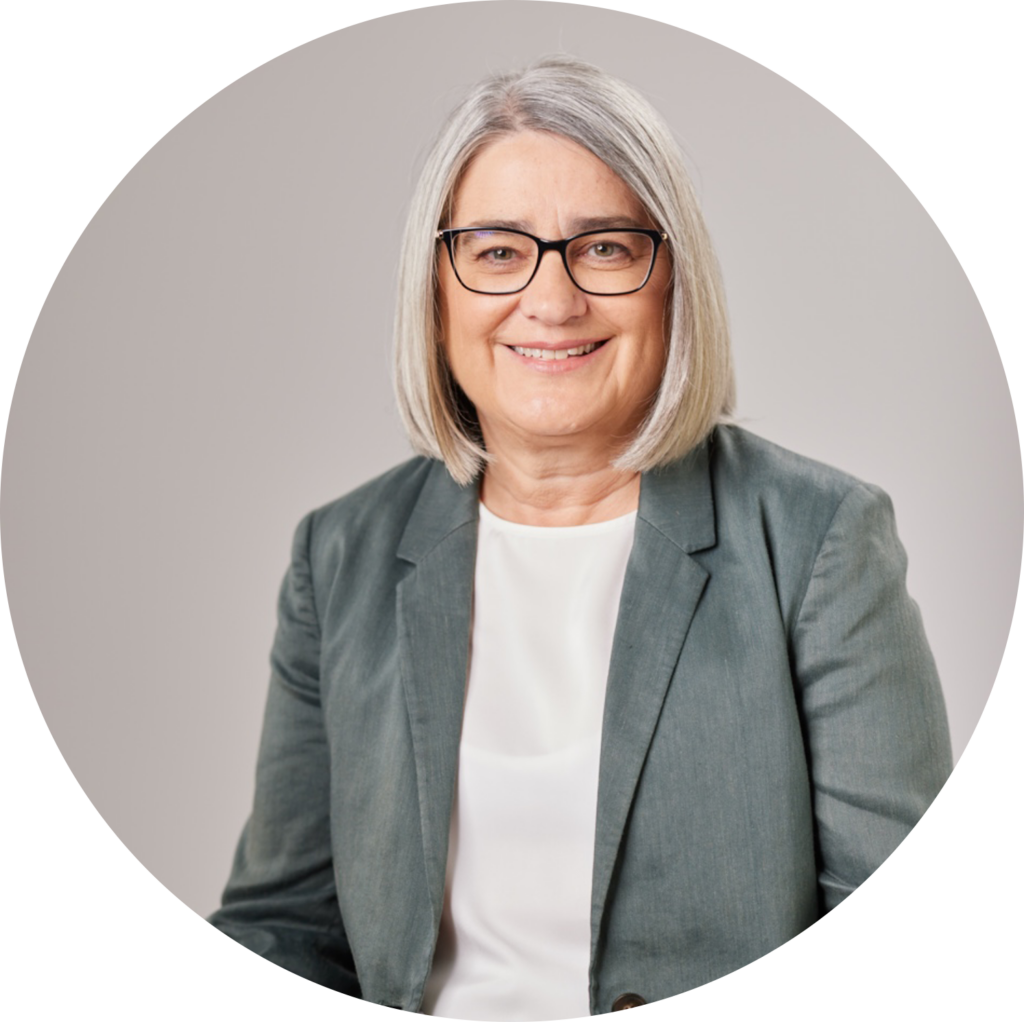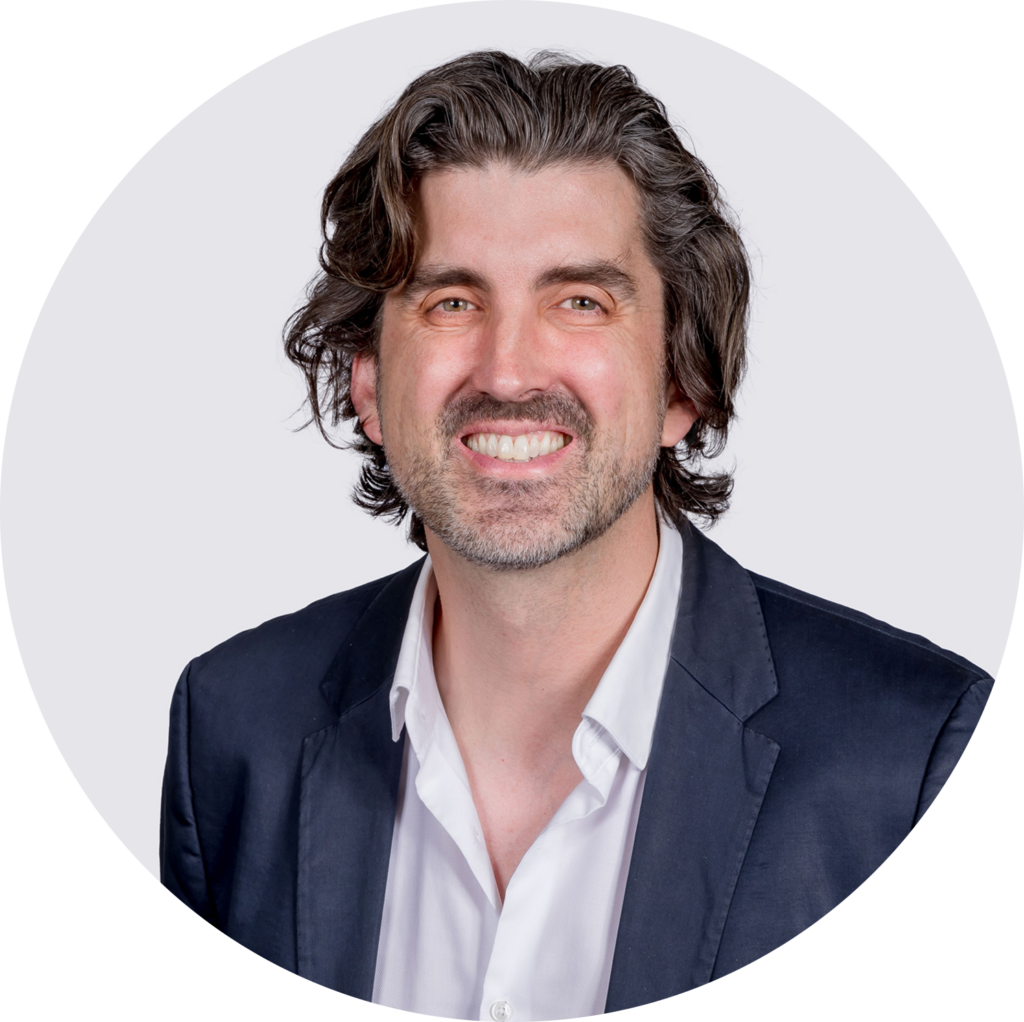Andrey Korchevskiy, PhD, DABT, CIH
Chemistry & Industrial Hygiene, Inc., Lakewood, US
Andrey Korchevskiy is a certified toxicologist (DABT), certified industrial hygienist (CIH), and is the Principal and Director of Research and Development at C&IH, Inc (Arvada, CO). He holds a Ph.D. in applied mathematics, and a doctorate in biology. He published numerous peer-reviewed papers and books on asbestos risk assessment.
Andrey – sponsored by Maynard Marks



Mark Reggers
Australia and New Zealand’s Transition to the new ISO Respiratory Protection Standards
Mark is a Certified Occupational Hygienist (COH) who is the current chair of the SF-010 Respiratory Protection Australian Standards committee, active member of respiratory protection international standards ISO TC94 SC15 across various working groups and a member SF-006 Eye & Face Protection Australian Standard committee. Mark is also the Chair of RESP-FIT, which is a respiratory fit testing training and accreditation program run by the Australian Institute of Occupational Hygienists (AIOH). He works for 3M Australia (Personal Safety Division) as a Specialist Application Engineer whose role focuses on providing technical end-user guidance and advice around the selection, use and
maintenance of respiratory protective equipment.
This is backed by his previous experience as an Occupational Hygiene/Property Risk Consultant, Masters in Science (Occupational Hygiene Practice) and 20+ years in the safety equipment and training industry. He is passionate about respiratory protection to ensure workers’ health is not compromised from workplace exposures as part of a workplace’s control strategy.
Laurie Glossop
Laurie has extensive science qualifications (B.Sc with 1 st Class Honours and a PhD in Physical Chemistry) and is a Certified Occupational Hygienist.
He is also an AIOH Fellow and awarded the Pam de Silva Medal. Laurie has been in the occupational hygiene field for 44 years (yes, he is old) and assessed just about every occupational health hazard (physical, chemical and biological) in the workplace over this time as well some public health
and environmental health in regard to asbestos. Initially he worked with the Western Australian Government as an occupational hygienist (very few of us in those days) in an advisory role to industry and government, but this position changed to become a regulator with what is now known as WorkSafe WA. In that time, he managed a team of occupational hygienists and assisted in the development of regulations for hazardous substances and noise as well several NOHSC and Safe Work Australia Committees.
Laurie has been around long enough that when he started working asbestos was still being used to make many products and assessments were about people using asbestos, not removing it. Since the year 2001 he has been a consultant in occupational hygiene for many industry groups but mainly mining in recent years. The consultancy work typically relates to asbestos and other fibrous minerals as well as respirable crystalline silica. Laurie drafted the earlier NOHSC national Codes of Practice for asbestos (Safe Removal of Asbestos 2nd Edition [NOHSC:2002(2005)] and Management and Control of Asbestos in Workplaces) [NOHSC: 2018 (2005)] and also chaired the review of the Guidance Note on the Membrane Filter Method for estimating Airborne Asbestos Fibres 2nd Edition [NOHSC:3003(2005)]. He co-authored a review of the measurement of respirable crystalline silica for Safe Work Australia.
Laurie has presented at many AIOH Conferences as well other Institutes on asbestos over the years, but also done many other interesting assessments like the “Ventilation Risk Assessment for People Working at Quarantine Hotels and the Potential for SARS-CoV-2 Virus Transmission (concluded that SARS was transmitted by airborne exposure many months before WHO agreed came to this conclusion which was very controversial). After the hotels he assessed all the prisons in Western Australia as well as the tertiary hospitals in Perth in terms of ventilation and controls for SARS. Laurie is trying to retire, but has so far been unsuccessful.

Laurie – sponsored by Sundstrum


Peter Franklin
Associate Professor Peter Franklin is an environmental and occupational epidemiologist at the School of Population and Global Health (SPGH), University of Western Australia (UWA). He is Director of the Occupational Respiratory Epidemiology (ORE) research group at SPGH. The ORE research group is well-known for its work on the epidemiology of asbestos-related disease. Their research focussed on blue asbestos (crocidolite) and involved many years of following up the Wittenoom Workers’ and ex-residents’ cohorts.
Peter has also conducted research in non-occupational exposure to asbestos. Apart from asbestos, Peter and his research group have a strong research interest in the health effects of exposures to airborne
contaminants in mining. Peter is currently Deputy Head of School (Research) at SPGH and teaches both Environmental and Occupational Health, and Epidemiology in the Masters of Public Health course at the School.
Frank Ehrenfeld
Current: Director of Technical Services Eurofins Built Environment Testing.
Previous: Laboratory Director, International Asbestos Testing Laboratories.
Chair: ASTM International D22.07 Asbestos Sampling and Analysis Committee and ASTM Fellow. US Representative: ISO TC146 Asbestos Analysis.
ISO Task Group Chair: Use of AI and Technology in Asbestos Laboratories.
Senior Board Member: AIHA Analytical Accreditation Board. AIHA Sensor Technology Committee and Lead Hazards Committee.
Author, editor, contributor, peer reviewer, presenter/speaker, and recognized expert on asbestos laboratory, analytical method development, and standardization research. He has worked over 35 years with government regulators and agencies worldwide, international accreditation bodies, and on projects big and small.


Marie Boland
Marie Boland has been the CEO of Safe Work Australia since 1 November 2023.
Marie’s WHS experience spans many roles, including completing the 2018 National Review of the model WHS laws (Boland Review).
Marie is a Member of Safe Work Australia and its subsidiary committees and a Commissioner of the Safety, Rehabilitation and Compensation
Commission. She is a member of the Respect@Work Council and the G20 Occupational Safety and Health Expert Network and an observer
on the Heads of Workplace Safety Authorities and the Heads of Workers’ Compensation Authorities.
Before joining Safe Work Australia, Marie offered independent WHS and workplace relations consultancy services. Marie was the 2021 Inaugural
Thinker in Residence at the University of South Australia’s Psychosocial Safety Climate Global Observatory. Marie holds a Bachelor of Arts (Hons)
and Master of Arts from University College, Dublin, and a Bachelor of Laws (Hons) from the University of Adelaide.
Carolyn Walsh
Carolyn Walsh has 40 years’ experience in the Commonwealth and NSW public services, focusing on industry policy, transport safety and environmental protection.
She is currently acting Chair of the NSW Environment Protection Authority and Chair of the NSW Asbestos Coordination Committee. Carolyn is also Chair of the National Transport Commission and provides consultancy services in safety and risk management.


Anthony Linton
A/Prof Linton is the academic and research director of the Asbestos and Dust Diseases Research Institute and a senior staff specialist in medical oncology at the Concord Cancer Centre, specialising in thoracic malignancies including mesothelioma. He completed his medical training at the University of NSW and his PhD at the University of Sydney, investigating prognostic factors and new therapeutic targets in malignant pleural mesothelioma. A/Prof Linton has published widely in international peer reviewed journals and is committed to improving outcomes for patients with rare and occupational cancers
through collaborative research and advocacy.
